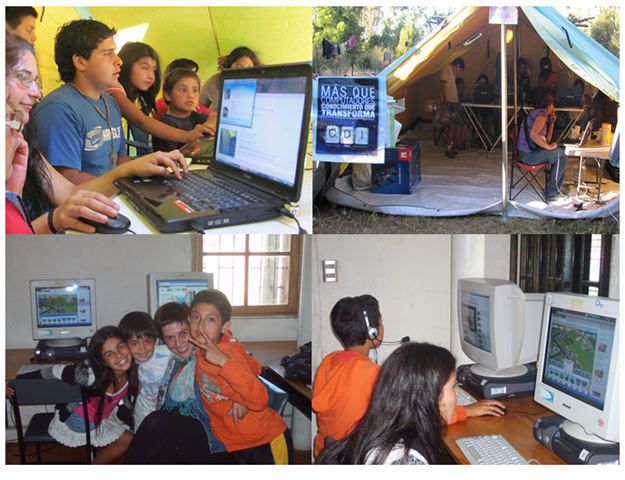Community technology centers can provide critical emergency infrastructure
Guest post by Maria Garrido, Research Assistant Professor, Information School, University of Washington
The two-year anniversary of the devastating, magnitude 8.8 earthquake in Chile offers a unique vantage for grasping the value of investing in community technology. The earthquake revealed that community technology centers – telecenters and libraries – played a critical role as information hubs and social spaces so that community members and emergency agencies alike could coordinate the local response.
In the immediate aftermath, the need was dire. The earthquake disabled huge swaths of the nation’s communications and power systems. People needed food, shelter, and medical assistance. They needed information on how to access these services. They needed to contact friends and loved ones. Telecenter and library staff members rallied to assist their communities. They opened the physical buildings where possible—to help community members get information and to mobilize agency response. They gathered information on services and posted it on flyers throughout the community. They established temporary Internet access points and helped people use social media to contact loved ones and services. Their response was swift and comprehensive.
After one year of research with libraries, telecenters, community groups, and local government officials, my team at the Technology & Social Change Group (TASCHA) at the University of Washington has found that for many Chileans libraries and telecenters are trusted social spaces to rely upon for critical emergency services. The training and the access that citizens received prior to the disaster built the trust and the knowledge that brought them back to these community technology centers when their need was most acute. And they came in large numbers.
Photos courtesy of the University of Washington
Community access to information and communication technologies has many benefits. The role that ICT played in response to the disaster in Chile makes the case that investments in community technology are investments in critical infrastructure that dramatically improved the recovery and resiliency of Chilean people.
For more information about this study, please visit the University of Washington’s Technology & Social Change group:
https://tascha.uw.edu/research/crisis-informatics/2010-chile-earthquake/
About the author
Maria Garrido is the Research Assistant Professor at the Information School in the University of Washington. Maria’s research explores how people in communities facing social and economic challenges use information and communication technologies to promote social and economic development and advance social change. Much of her work focuses on technology appropriation in the context of social movements and in international migration.
